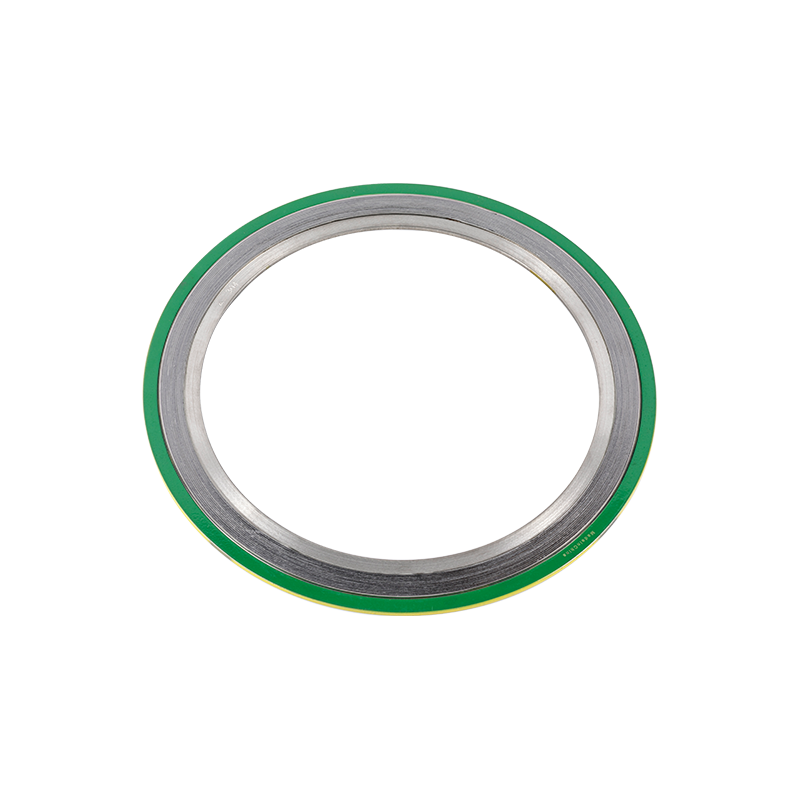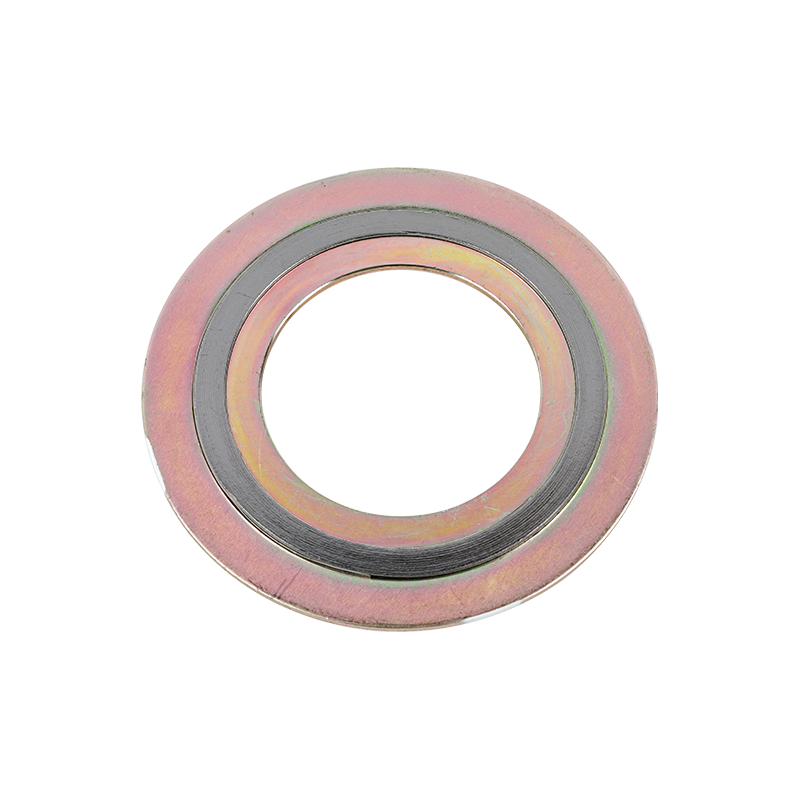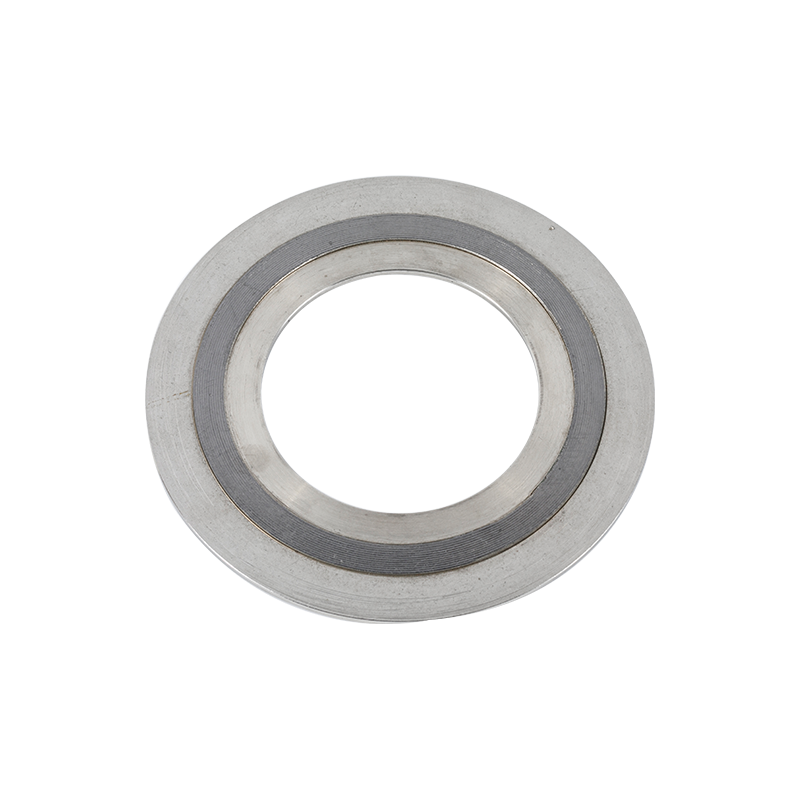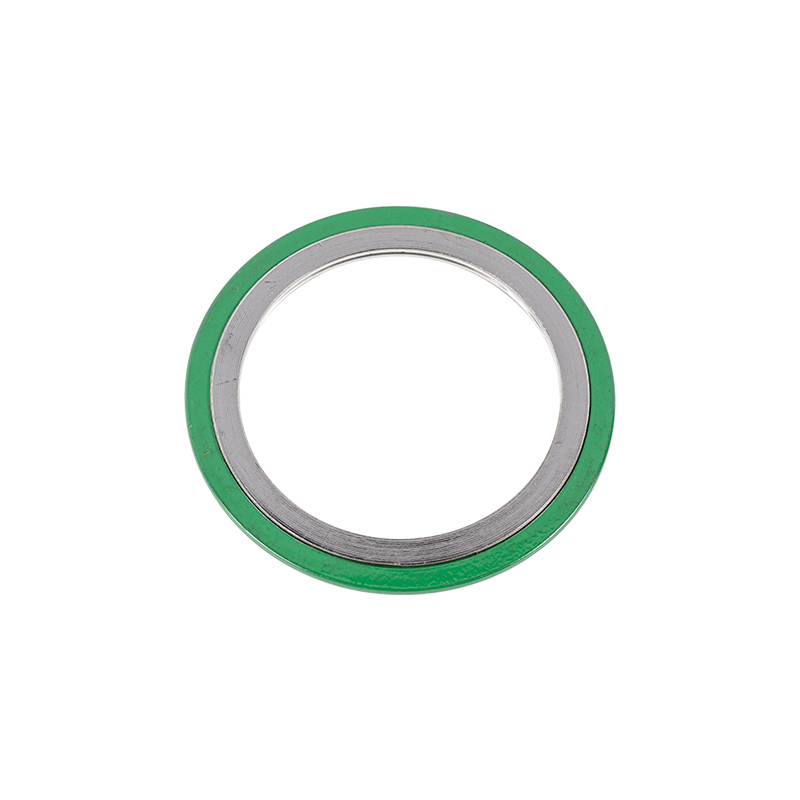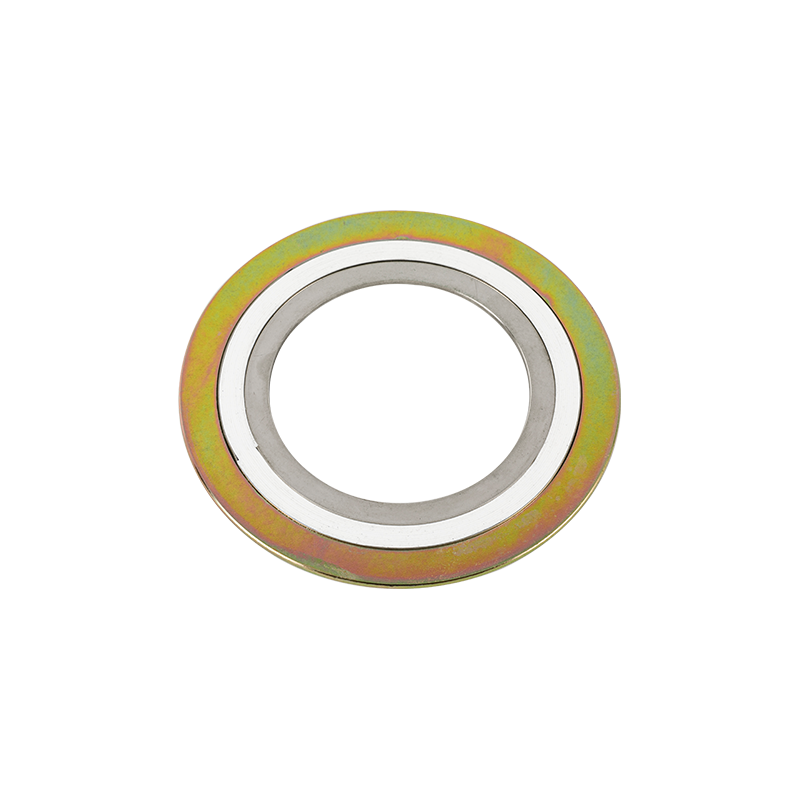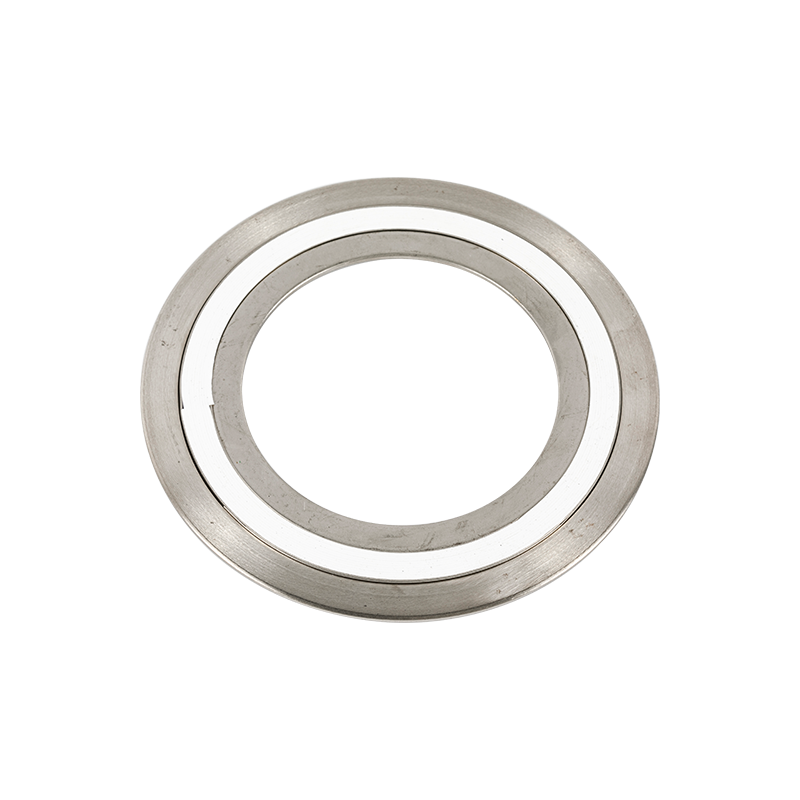Generally, spiral wound gaskets are made of layers of soft filler materials and metal. They are suitable for sealing flanged joints that experience high pressure and temperature changes. There are several types of materials that can be used to manufacture spiral wound gaskets. Some of the most common materials include carbon steel, stainless steel, duplex steel, and flexible graphite.Most spiral wound gaskets are made of an outer metal ring that centers the gasket when it is inserted into a bolted flange joint. The ring also prevents the windings from buckling inside the pipe. Another important feature of the ring is its ability to prevent debris from building up in the annular space.
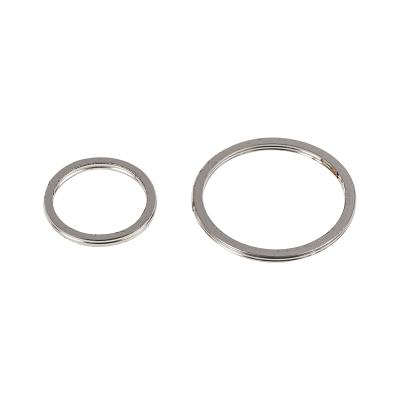

The gasket is designed to be used on a variety of flanges, including spigot, recess, and tee flanges. They are also suitable for both male and female flanged connections. Various manufacturers produce different designs. They are suited for a wide range of applications, including industrial processes. They are also commonly used in heat exchangers, valves, and pumps. They are available in multiple thicknesses, and can be custom-sized to meet specific application requirements.There are three basic colors for spiral wound gaskets: orange, yellow, and green. The color indicates the material that has been used for the outer ring. Monel is the most common material. Other materials, such as duplex steel, polytetrafluoroethylene, and PTFE, are also used in some cases.
The inner ring, referred to as a guide ring, is not always necessary. The solid ring on the outer diameter of the gasket is often called the centering ring, and it can be ordered in any alloy. This provides strength and helps the installer to center the gasket.


 English
English
 中文简体
中文简体
